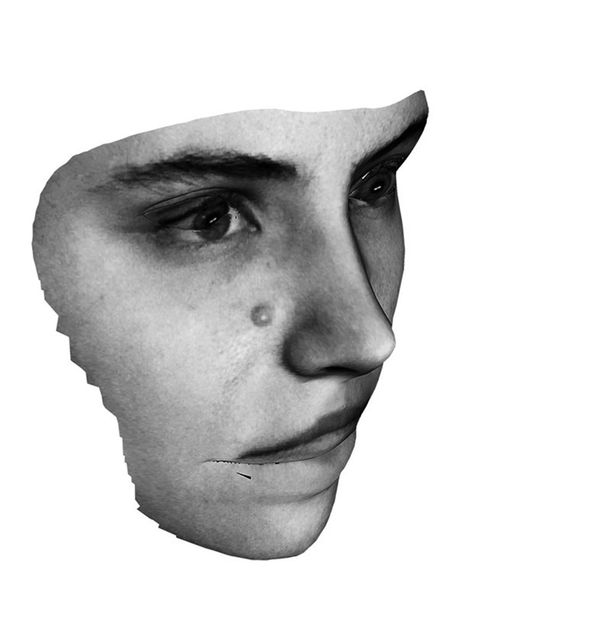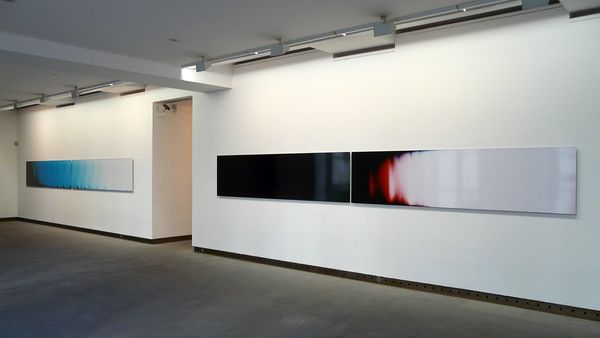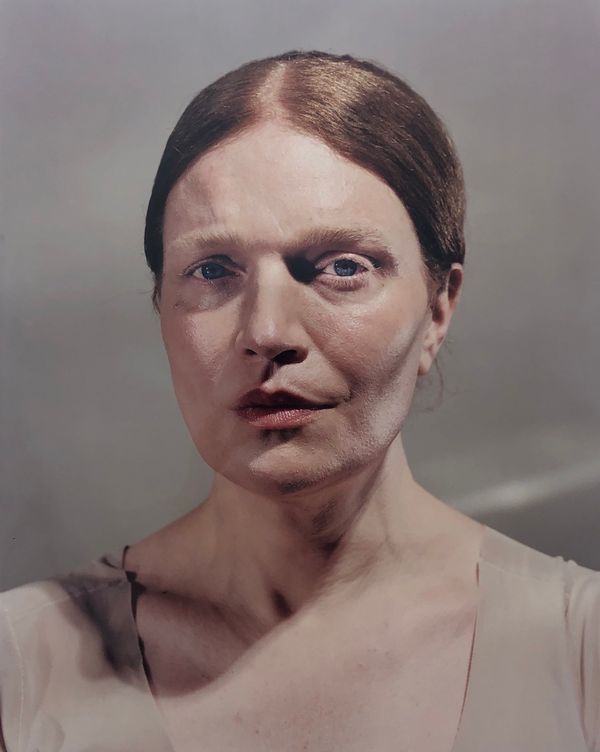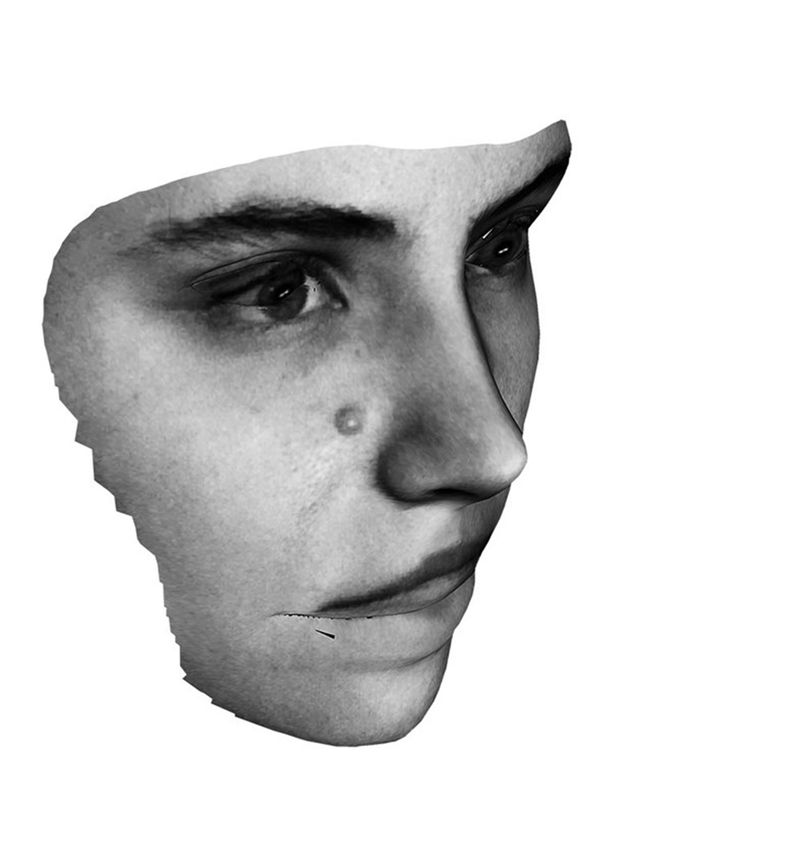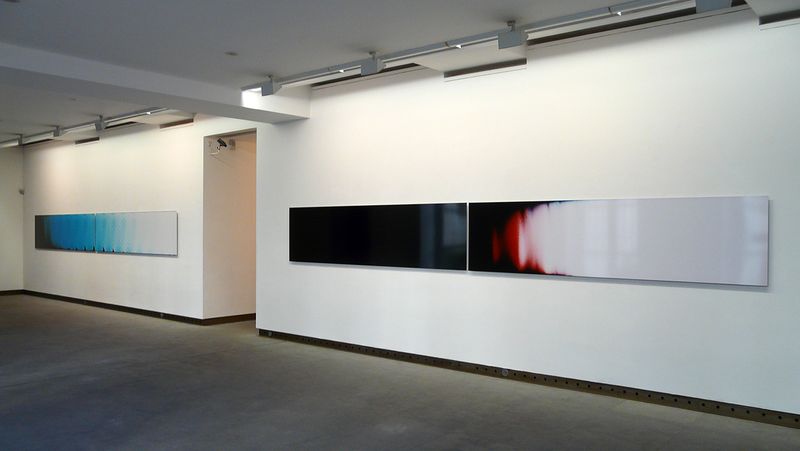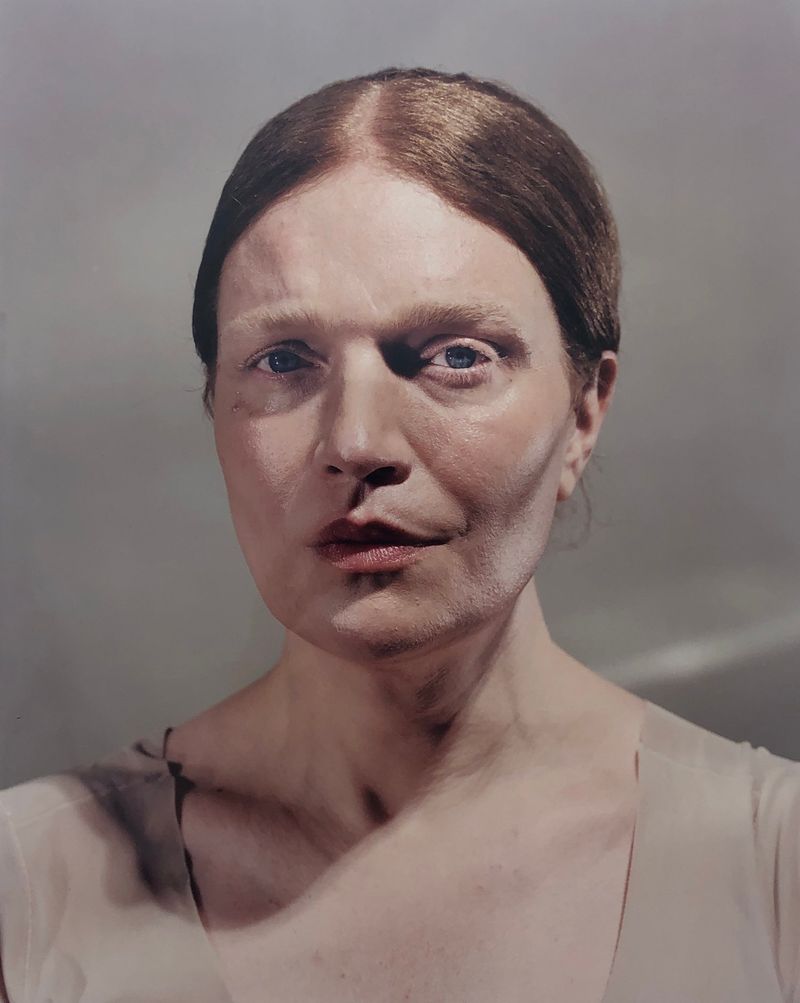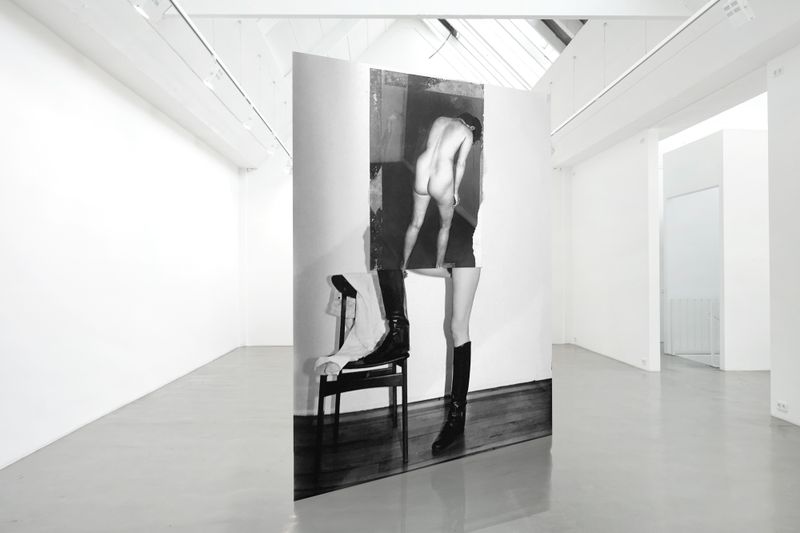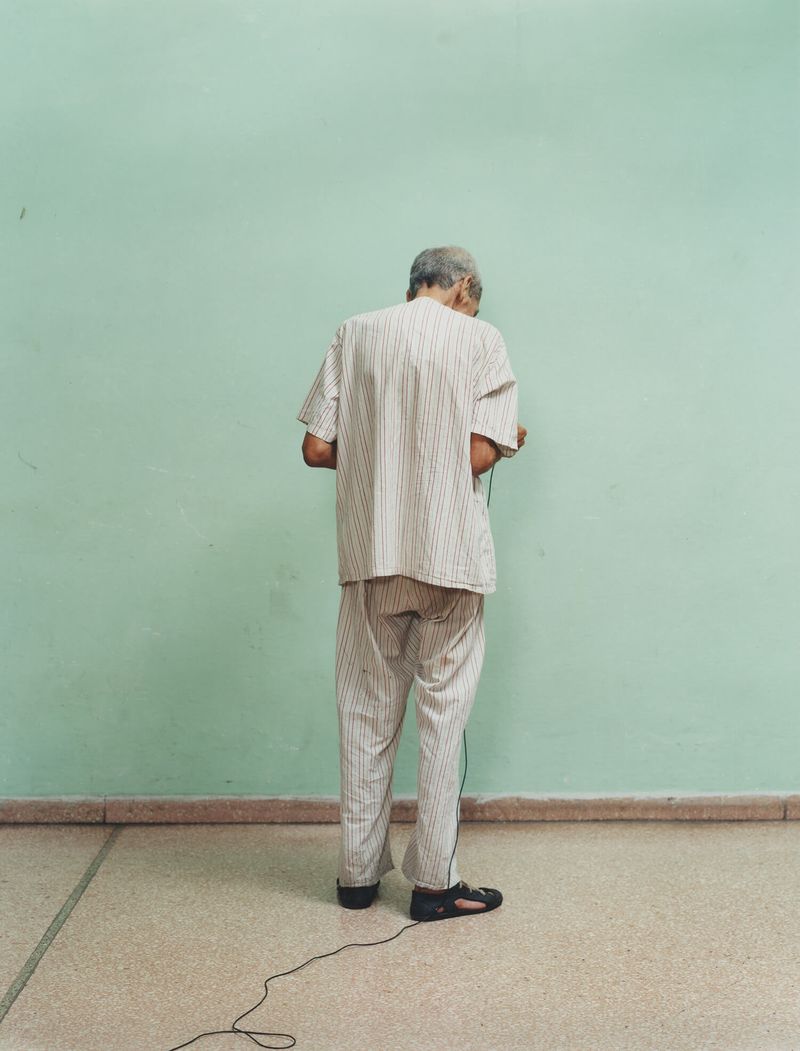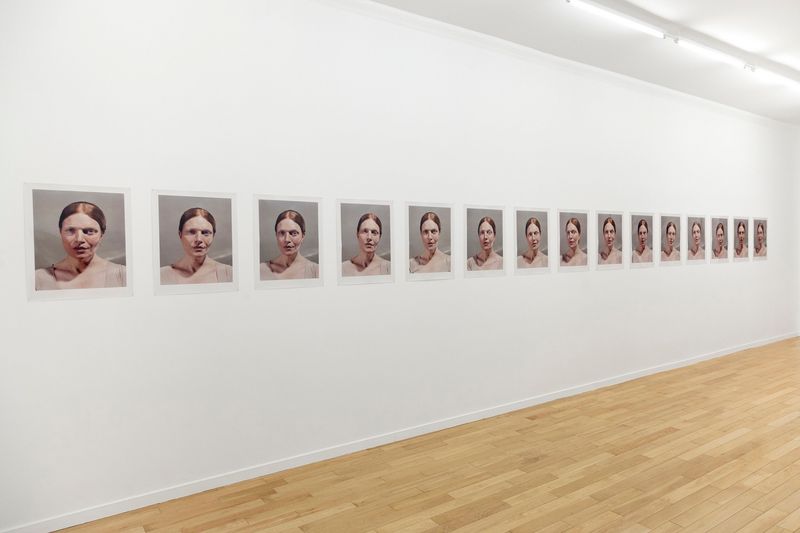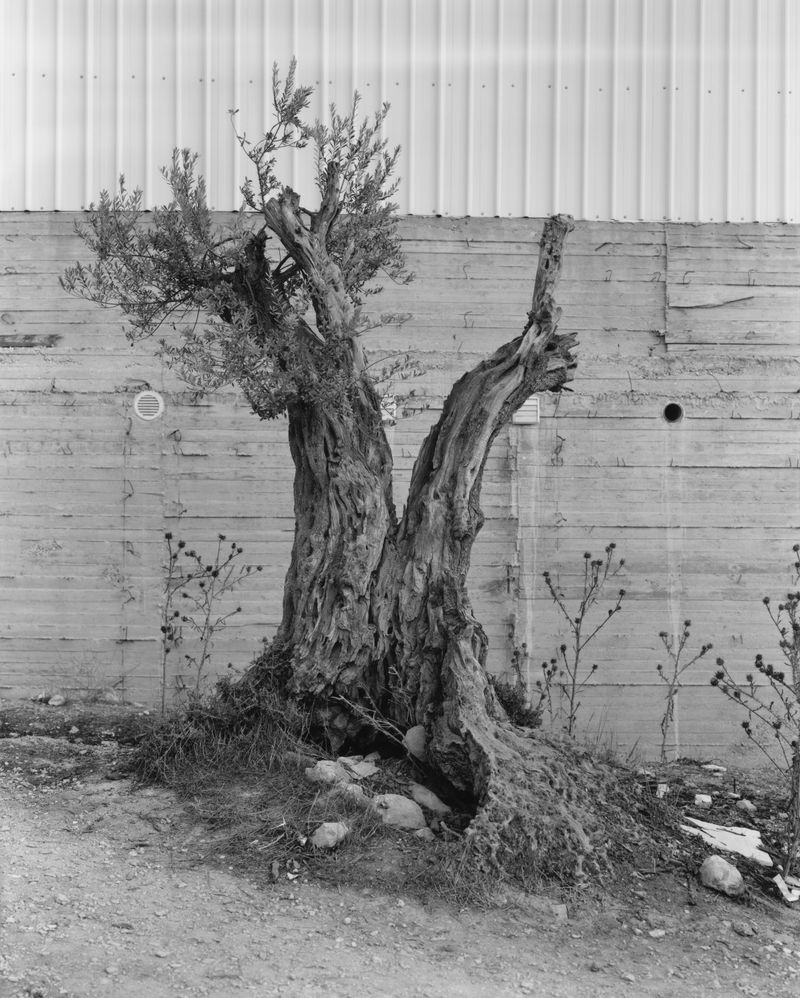Hijacking Ideas And Repurposing Images According to Adam Broomberg
-
Published14 Apr 2025
-
Author
With over 25 years of experience as a practitioner, Adam Broomberg digs into challenging preconceptions, dismantles biases, and strives for a harmonious blend of theory, practice, and visual language.
Applications are now open for IDEA 2025/26, the first edition of the new PhMuseum's Online Masterclass on Conceptual Thinking. Through a blend of seminars, hands-on activities, individual feedback and collaborative learning, Broomberg will mentor participants in launching a new photographic work with the aim to cultivate projects that are both conceptually rigorous and visually innovative, pushing the limits of the medium.
Ciao Adam, thanks again for joining our Masterclass Program this year. You will be the head professor of IDEA’s first edition. Can you provide an overview of your experience and philosophy when it comes to conceptual thinking in photography?
We are all attached to our ideas of the world and how to make sense of it. We all have our specific tastes and preferences, artists we idealise and personal ambitions. We will need to all take a step back in the beginning. To examine these fixed ideas with a bit of critical distance, to examine them from different angles and challenge them using different (visual and other) languages.
Thinking critically is the most important tool we can learn to apply (both to the world and to our own work). To understand our particular topic or field of interest, we need to challenge our own prejudices, our own privileges and our own habitual ways of working. How much of these ideas are informed by the algorithm, the market, or our own blindspots.
We will really interrogate our ideas until we find a way of narrating them that feels honest, smart and challenging.
One of my guiding conceptual principles comes from the Situationist International, a radical movement in the 1950s and 60s called “Detournement”.
Detournement involves taking existing cultural elements—such as images, advertisements, films, or texts—and altering or "hijacking" them to create new, often subversive meanings. The idea is to disrupt the dominant narrative and challenge capitalist or consumerist ideologies by re-contextualizing familiar symbols to expose their hidden agendas or contradictions. By repurposing mainstream media or cultural products in unexpected ways, detournement aims to provoke critical thinking and inspire social change.
We need to start by “hijacking” our own ideas and then repurpose them to find a unique and challenging way to realise them.
The course will include a number of seminars/lectures during which I will show how I have tried to use various conceptual frameworks like this to come up with tight solutions.
It might feel confusing at first but hopefully by the end of the course, conceptual and critical thinking will feel a little more intuitive and natural.
You said that your only demand is for students to “come to with a germ of an idea: a particular area of focus, be it a particular political or social issue, a geographic region or a bad dream that won’t leave you alone”. Starting from here, what kind of progression can participants expect?
Once we have identified the focus of the project I would suggest beginning by balancing some readings (theoretical or fictional texts written about the subject), some practical groundwork (exploring the actual place, the community, the archive etc. perhaps making or locating some images) as well as looking at practitioners whose work touches on the same subject (looking at some photographers whose conceptual or aesthetic strategies can help inform a way of dealing with the subject). Over time the practical work (image making and/or interviewing etc.) and the reading will start to reveal what the essence of the project is.
We will meet regularly over the full period and together (as a class but also one on one) will look at how the project is evolving and give constructive feedback. The aim is to keep on refining the idea until it finds its close to perfect form (be it a book and/or an exhibition or film etc.) Consider it a supervised journey that is made by the photographer but with the help of the community and my input.
The particular theme or topic of the work might also suggest which artists I invite to make Studio Visits with the group. There might also be some interesting overlap or even better; interesting clashes with the approaches of other participants in the masterclass. It’s important to be able to make mistakes and retrace one's steps, to be open to trying methodologies that feel uncomfortable or uncharted. But it is important to keep an eye on the horizon (and the deadline) and make sure that by the end of the masterclass there is something tangible to show for it.
The masterclass aims to push the boundaries of photography. What are some of the most exciting or unexpected ways you've seen the medium evolve in recent years?
Photography is such an expansive medium (ranging from large format analogue images to the quasi fictional images produced by AI and everything in between). I have never felt a particular commitment to any one particular mode of image making and I think this is the most important thing for everyone to keep in mind. The tools we use must be the most appropriate ones for the project and not the other way round (many people are stuck because of the allegiance to one way or form of image production). I hope everyone who joins is up for challenging themselves in this sense. To let go of the ways of working that they feel most comfortable with and experiment.
What are the most important things you hope participants will take away from this masterclass, beyond the development of a project?
Photography pervades our lives more than ever. I hope we all help one another to understand just how much it commands our lives and as practitioners we can start to take control of the narrative and challenge the status quo. Image production and dissemination is a huge part of how power and capital have us in their grip at the moment. We therefore have more responsibility than ever before to firstly understand how images are used to maintain control and then to create critical and curious responses to power. I hope everyone leaves with a sense of empowerment, with a sense of the possibility of images being able to effect some positive change in lives (be it in our very close and personal relationships as well as broader society).
It often feels to me like we are powerless against the tsunami that is the algorithm or the market. Let’s try and make things that push back against what seems to me a more and more ominous landscape. To understand how and what we make has the possibility of having a positive effect on ourselves and those around us.
What do you enjoy the most about teaching and what is your approach to it?
To be very honest I only now (after more than 25 years as a practitioner) feel ready and able to really turn up as a teacher. Until recently I think I was still consumed by my own practice and my own ways of working. Teaching is a lot about listening, about tuning into what the essence is that each person is pursuing and that demands a lot of patience and care. Perhaps it is an age thing, or maybe feeling fulfilled about my own achievements… Whatever it is, I find teaching the most rewarding thing to do. Nothing gives me more joy than when someone I am working with finds their stride, and the various elements which at the beginning felt so unstable all fall into place.
It is important that the space we create (between one another as a group) and between us individually feels safe. It’s only in a safe space that experimentation, play, failure and personal challenges can thrive.
Do you have any advice to share with prospect applicants and how do you think they can benefit from the program?
I bring a lot of experience in shaping a project from a vague idea to a finished form. I have created projects that use many different mediums. I have a good understanding of contemporary discourse and a big community of fellow practitioners that might be able to help in developing ideas.
I can't come up with ideas for the participants (I might just help them with the birth) nor can I work with anyone who isn’t motivated. My only demand is that anyone who takes part really shows up and puts as much into the project as is humanly possible.
I think it might just be a very interesting journey for all of us that take part.
--------------
IDEA Online Masterclass On Conceptual Thinking s part of PhMuseum's educational program, comprising five different masterclasses that will all share a single intake period running until 5 June, with classes beginning in October 2025. Each course is tailored to meet the needs of emerging photographers, artists, curators, and contemporary storytellers looking to bring their methods to the next level. Check out which program suits you best at phmuseum.com/education
--------------
Application key dates, scholarships and participation fee
Before 8 May – If you apply by this date, you are eligible for the full scholarship. In your motivational letter, explain why you’d be a strong candidate, and how you would benefit from this support.
Before 8 May – If you apply by this date, you can save €350. All applications submitted for the scholarship will be automatically eligible for the Early Bird Fee of €1,850.
Before 5 June – If you apply by this date, you can join the program by paying the Regular Fee of €2,200. Since applications will be reviewed on a continuous basis, early submissions receive priority for seat allocation.
If you are offered a place, PhMuseum is happy to write you a supporting letter when you try to secure any external funding opportunities. In previous editions of our masterclasses program, the candidates' fees were covered thanks to the generous contribution of the IWMF Howard G. Buffett Fund for Women Journalists, Mondriaan Fonds, Arts Council Malta, and other programs. Read our guide to 2025 Education Funding for Visual Artists about opportunities that can help you secure funding.
